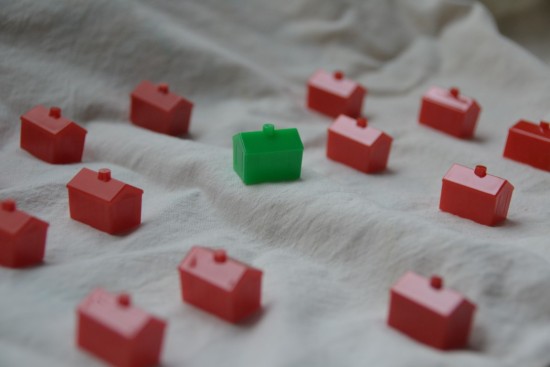A Toronto homeowner who recently had part of their 100 year old 3 story home renovated was stumped when the municipal building inspector ordered him to install a Heat Recovery Ventilator (HRV). Curious, we tested the home for air leakage and though twice as tight as the average semi-detached century home, it still came in at just over 7Air Changes per Hour at 50 Pascals. That’s leaky.

If only it were so easy to distinguish houses that needed HRVs from those that didn’t. Only air tightness testing can determine if a house will benefit from an HRV instead of being penalised.
Translation; the house in question was too leaky to have an HRV installed and the Building Official was out of jurisdiction in requiring the home owner install the system. Installing an HRV is a significant cost and when installed in a leaky house is an energy penalty as the beneficial ventilation it adds for health is redundant. It’s like putting spoilers and an air scoop on a 1950’s beetle.
HRVs are de rigueur in all super efficient or air tight homes.
Bottom line, for retrofits, a building inspector should inform their decision on whether to install an HRV or not based on calculations resulting from a 3rd party air tightness test otherwise, the inspector’s just guessing.
